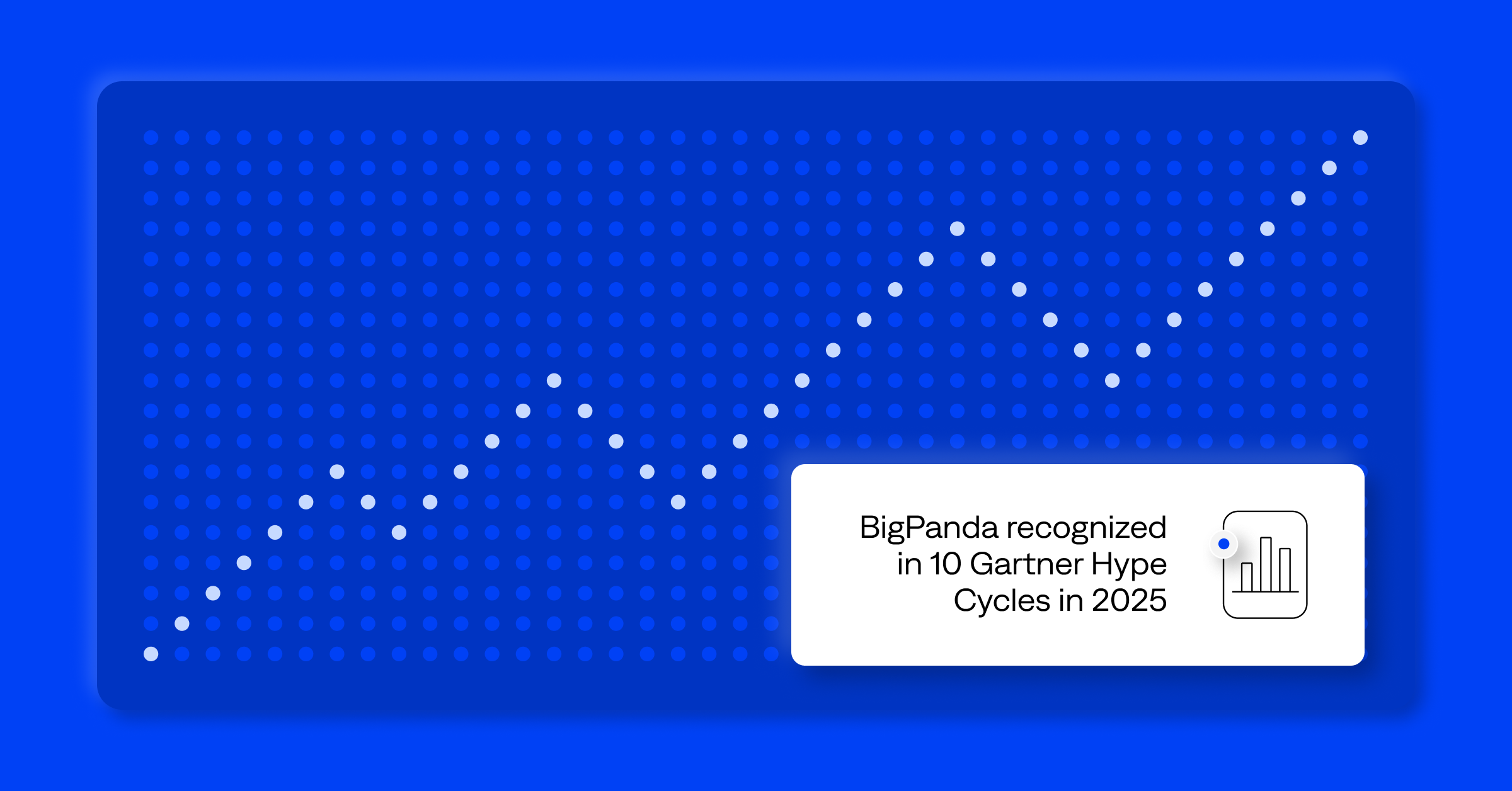Real Talk webinar recap: analytics and reporting maturity

MTTR, or mean time to resolve, is an important key performance indicator for incident response teams to track, but it’s rarely useful for technological stakeholders or customers. To really make use of the data at their disposal, decision-makers must tailor the info they provide—and understand the scope and granularity of the data they have when they deploy an AIOps platform like ours.
That’s the gist of our latest Real Talk webinar on analytics and reporting maturity. Let’s take a deeper dive into the conversation I had with our Head of Value and Adoption, Craig Ferrara.
With AIOps platforms, high-level MTTR isn’t the end-all
The most common KPIs we see within our customer base are all heavily linked to MTTR.
This is a good start—and useful for conveying value and setting terms in service-level agreements (SLAs)—but AIOps platforms enable organizations to look deeper. And with the sheer amount of information at their fingertips when they implement one, companies can dial in on information that stays relevant no matter who they’re talking to in the organization.
“Really, really start to break down how you want to communicate impact and value in the business for the different levels of your leadership.” Craig makes this note late in the webinar, but it’s an important piece of the overall message: MTTR should not be the gold standard in reporting when other options are available, many of which give the organization an all-new way to look at reporting related to time to repair.
Exec level: budget and revenue above all
No matter who is being addressed at the C-suite level, they are likely to want high-level data and direct rationale related to incident management impacts on budget. In the webinar, we brought up two ways stakeholders can use BigPanda to quantify the “cost of downtime”:
- Investigation time and revenue loss: In some instances, companies use the data their AIOps platform pulls to get a clearer view of what downtime costs, what it costs to fix an incident, and how much time employees spend in resolving issues.
- Revenue protection: In other cases—institutions like universities, which don’t “run revenue every minute,” are one example Craig brings up—executives may be more interested in figures like overall revenue protection.
Either way, AIOps platforms give technical stakeholders critical data they need to build the high-level views executives typically want before signing off on budgets or okaying major changes.
Director level: operational details
Compared to execs, director-level management tends to be more closely aligned with the business’s operational needs. Because their day-to-day jobs often depend on treating internal actors as customers, director-level employees may wish to hear about:
- Signal-to-noise ratios: The AIOps platform helps humans shrug off noise and deal more efficiently with tasks that require their intervention.
- Advanced MTTx: With an AIOps platform in play, presenters can show directors stats that include MTTR, MTTD, MTTA etc., giving a fuller view instead of just a broad overall MTTR.
NOC manager and team leadership: truly team-focused
The final role we focused on was network operations center (NOC) managers and other ground-level team leadership, and we landed on a similar message on targeting: “They’re going to be really, really focused on their team or area of the business,” Craig said.
Because of this, MTTx may again be an important consideration—but on a much more restricted scale. Things like team-level MTTR and SLA attainment become very important. As with the director-level, noise reduction can also be an important figure to consider.
In this regard, Craig said the best thing an AIOps platform can bring at the management level is granular insights on the stats they’ve already been tracking, such as reduction of escalations.
Advance your analytics and reporting maturity fast
Craig’s presentation is a lot more informative than a single blog post can cover. Check out the full analytics and reporting maturity webinar —the latest in our Real Talk series—for more in-depth information and best practices.




